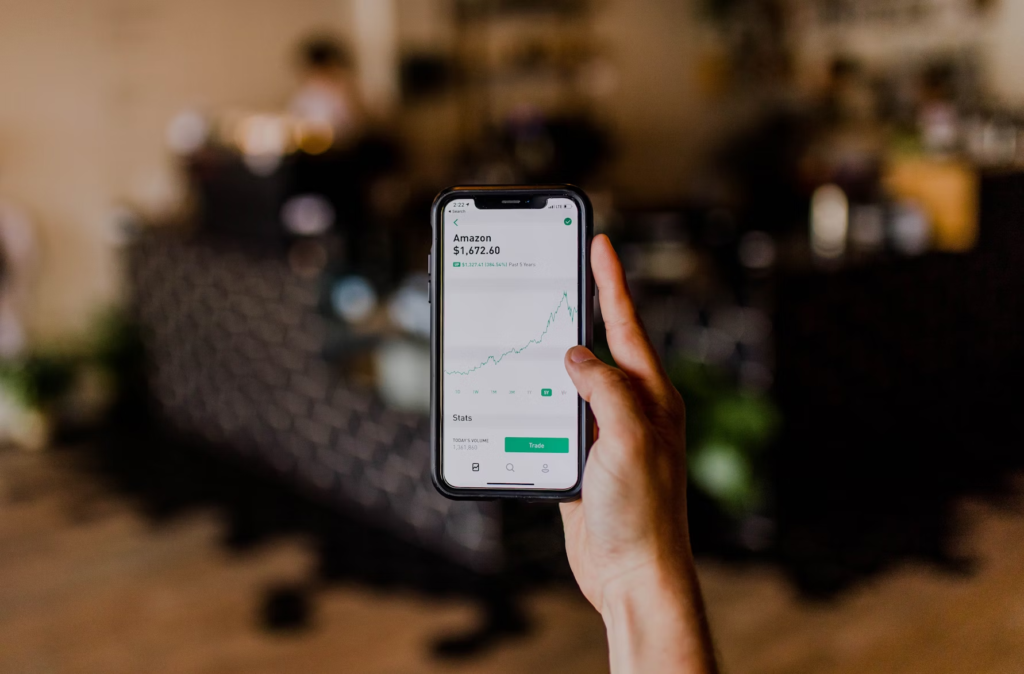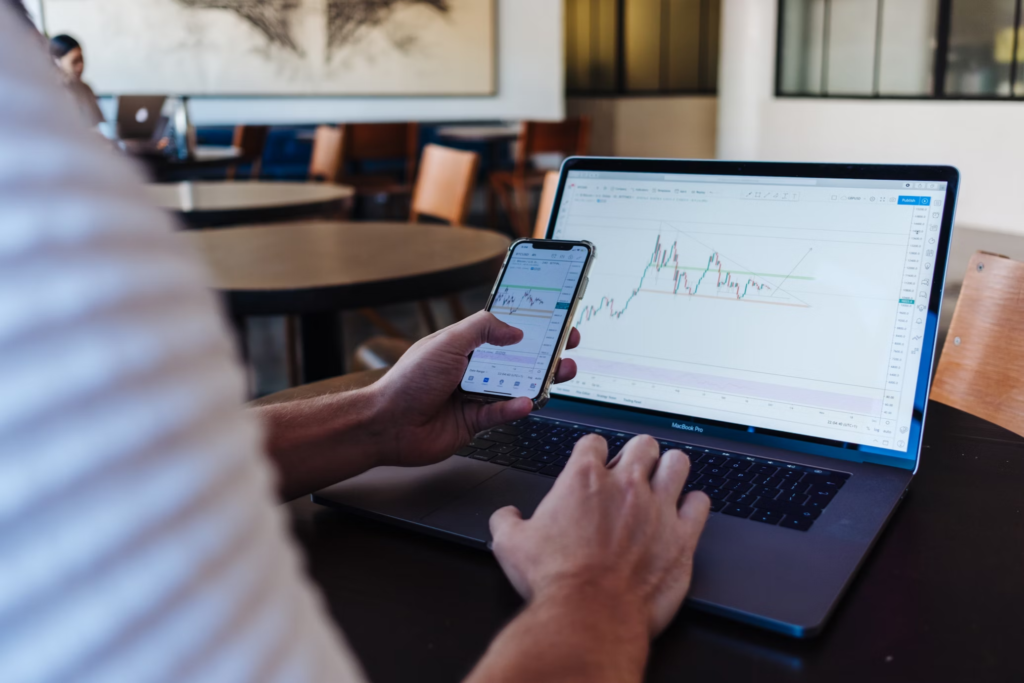The stock market has undergone a radical transformation in recent decades. Traders no longer need to be on Wall Street to buy and sell shares. Instead, they can execute trades from anywhere with an internet connection, thanks to sophisticated software tools.
Digital platforms for trading stocks have democratized this type of investment, giving individual investors access to capabilities once reserved for financial institutions. Let’s explore the main types of software that modern traders rely on to navigate the stock market.

Market Data and News Platforms
At the heart of any trader’s arsenal is access to real-time market data. These platforms provide the raw information needed to make informed decisions.
Types of data include:
- Stock prices and volume
- Bid-ask spreads
- Market depth
- Company financials
- Economic indicators
- Breaking news.
Popular examples: Bloomberg Terminal, Thomson Reuters Eikon, Benzinga Pro
These platforms often come with hefty subscription fees, especially for professional-grade services. However, many brokers now offer basic real-time data as part of their trading packages.
Order Execution Platforms
These are the workhorses of trading software, allowing users to place buy and sell orders directly in the market. Modern execution platforms offer far more than simple market orders.
Common features include:
- Multiple order types (limit, stop, trailing stop)
- Options trading capabilities
- Risk management tools
- Position sizing calculators
- One-click trading for fast execution.
Most retail brokers provide their own proprietary trading platforms, often with web, desktop, and mobile versions.
Charting and Technical Analysis Software
For traders who base decisions on price patterns and technical indicators, charting software is indispensable. These tools allow users to visualize historical price data and apply various analytical overlays.
Key features often include:
- Multiple chart types (candlestick, line, bar)
- Custom timeframes
- Technical indicators (moving averages, RSI, MACD)
- Drawing tools for trendlines and patterns
- Alert systems for price levels or indicator crossovers
Examples: TradingView, MetaStock, StockCharts.com
Many brokers integrate charting capabilities directly into their platforms, though dedicated software often provides more advanced features.
Algorithmic Trading Software
For traders looking to remove emotion from their decisions or execute complex strategies automatically, algorithmic trading software is key. These platforms allow users to create, test, and implement trading strategies based on predefined rules.
Typical components include:
- Strategy backtesting engines
- Programming interfaces (often Python or proprietary languages)
- Real-time strategy monitoring
- Risk management systems
- Integration with execution platforms.
While algorithmic trading was once the domain of hedge funds and high-frequency traders, it’s now accessible to individual investors with coding skills. The most popular software solutions for this purpose are MetaTrader, QuantConnect, and TradeStation.

Portfolio Management and Analysis Tools
These software solutions help traders track their overall performance and analyze their portfolios.
Key features often include:
- Performance tracking and reporting
- Risk analysis (e.g., Value at Risk calculations)
- Asset allocation visualization
- Tax lot optimization
- Integration with multiple brokerage accounts.
Many brokers offer basic portfolio analysis tools, but dedicated software can provide more in-depth insights, especially for investors with complex portfolios spread across multiple accounts.
Screeners and Idea Generation Tools
These platforms help traders find potential trade opportunities based on specific criteria.
Common features include:
- Custom screening based on technical and fundamental factors
- Pre-built scans for popular strategies
- Alerts for stocks meeting certain criteria
- Integration with news and social media sentiment.
Examples: Finviz, Stock Rover, Trade Ideas
Screeners can save traders hours of manual research, quickly narrowing down the universe of stocks to those matching specific investment theses.
Mobile Trading Apps
With markets accessible around the clock, mobile trading apps have become essential for many investors. These apps allow traders to monitor positions, analyze markets, and execute trades from their smartphones.
Key features often include:
- Real-time quotes and charts
- Basic order entry capabilities
- Watchlists and alerts
- News feeds
- Account and position monitoring.
While mobile apps may not offer all the features of desktop platforms, they’re continually evolving to provide more robust capabilities.
To Sum Up
From basic market data to complex algorithmic trading systems, these tools have transformed how individuals interact with the stock market. The key for traders is to identify which types of software align with their trading style and goals.
We can expect trading software to become even more sophisticated in the coming years, incorporating artificial intelligence, machine learning, and potentially blockchain technology. The challenge for traders will be to stay current with these developments while not losing sight of fundamental investment principles.
Ultimately, while software can provide powerful analytical and execution capabilities, it’s the trader’s knowledge, discipline, and strategy that determine success in the stock market. The best traders view software as a tool to enhance their skills, not as a magic solution for guaranteed profits.
